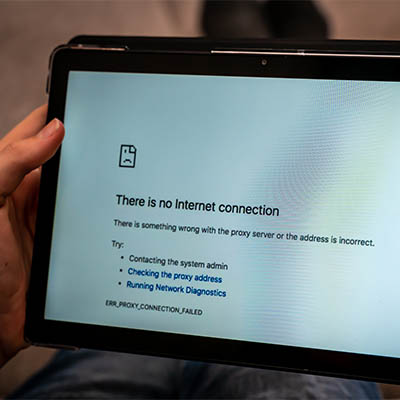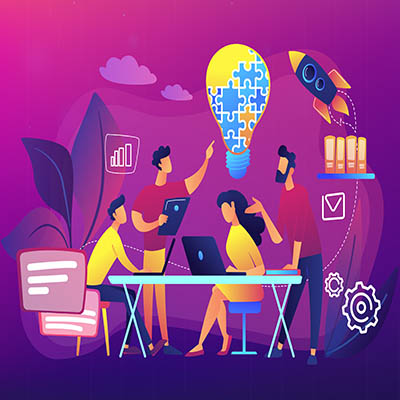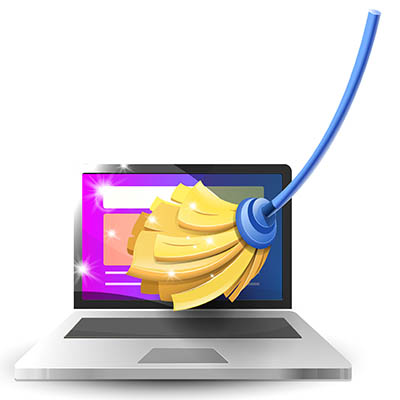When we talk about Internet accessibility (particularly as of late), we mainly focus on the idea of enabling people to use the Internet, regardless of where they may be located. While this is certainly a big issue at the present, there is another kind of accessibility that needs attention: how able those people with disabilities are to use the Internet at all.
The screenshot is one of the great tools that users can use to capture information in their browsers. If you are using a PC, you have access to many of them. Once you set one, you can typically use the Print Screen key to capture the image. Today, there is a Snip & Sketch tool that provides better functionality and is much easier to use.
We’ve all seen advertisements for the websites that offer to connect you with the professionals ready to help you with a specialized task around your home, from repair work to childcare to cleaning services. Unfortunately, cybercriminals have adopted a similar tactic to help market their services, leading to the creation of a sort of hackers’ gig economy on the Dark Web.
Of all the technologies that have been proposed and developed over the years, few have tickled our collective imaginations the way that the concept of artificial intelligence has. For this reason, many small and medium-sized business leaders may write off AI as science fiction, rather than a solution to their operational challenges. However, the technology is currently finding its footing in practical use—more than proving its worth and adaptability in the process.
At this point, the term “collaboration” has fully transitioned from an intriguing operational ideal, to an overhyped buzzword, to a legitimately essential consideration for any modern business to embrace. As such, it makes sense that there are so many collaboration-geared applications available today, with so many options to pursue this collaboration baked into each. Let’s consider the many, many collaborative capabilities that are available in Google Drive—a tool that is used by many businesses today.
For many, working from home has been an adventure. A lot of workers were moved off site during the pandemic and now, a year later, are just now settling into working from home and the new expectations that this brings. People just had no idea how their job would change over the time they are away from their office. Today, we take a look at communications fatigue and what your business can do to help your remote workers from feeling overwhelmed.
It’s a bit of a nightmare scenario for a business, born of watching too many crime thrillers: a criminal syndicate hacks into their systems, wreaking havoc and stealing all their data, while also destroying that company’s reputation. Is this scenario a fantasy? To a point, yes—but not so much as you might think.
It’s often said that a clean workspace is a safe workplace. When your workspace is mostly your computer, safety has less to do with it, but that shouldn’t deter you from doing what you can to keep your computer clean. It can help keep it in working order, longer, and is just a sanitary thing to do. Let’s get into why a clean computer is better, and how to go about cleaning your workstation.
Small businesses face a lot of risks, one obvious one being the threat of potential cybercrime and how its influence can impact their businesses. Let’s consider how these influences have taken shape, and the challenges that small and medium-sized businesses must now face as a result.
2020 offered no shortage of challenges for healthcare providers. Besides the obvious issues that COVID-19 posed to the operations, finances, and supply chains that these organizations rely on, cybersecurity issues have played a significant role. Let’s go over some of the security stresses that healthcare providers have been experiencing.
- 1
- 2










